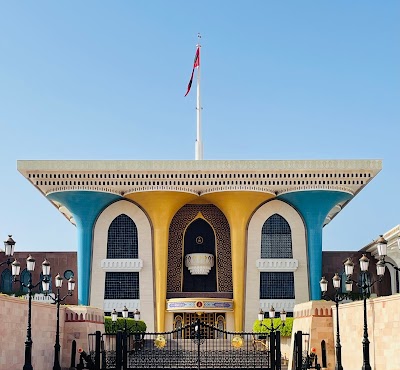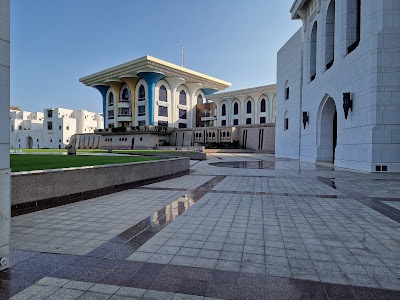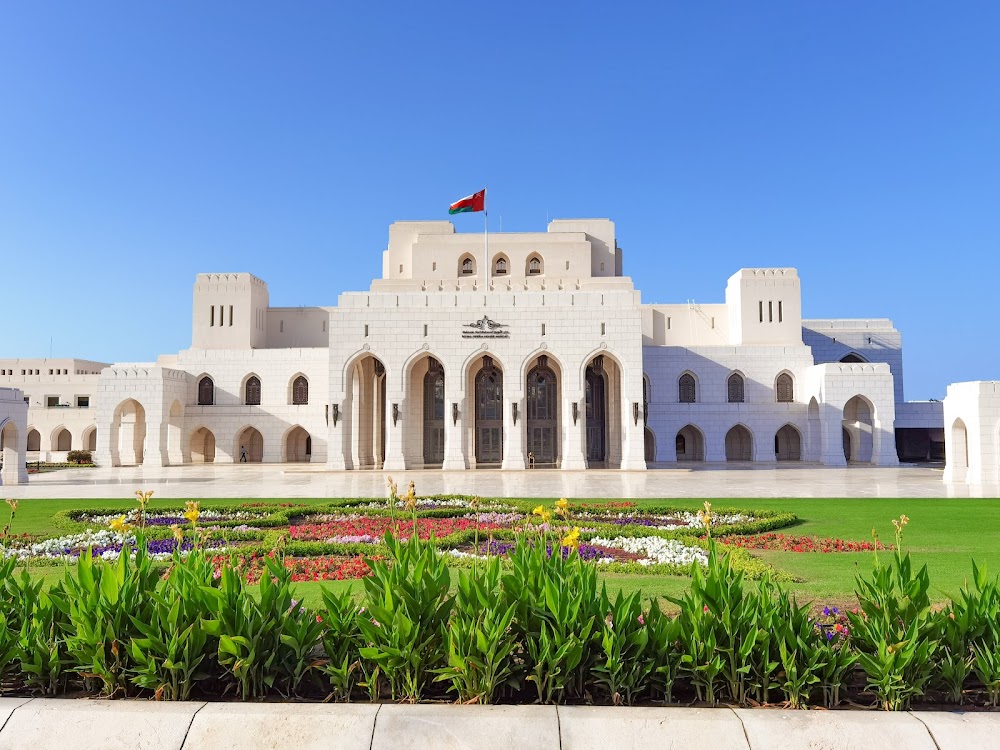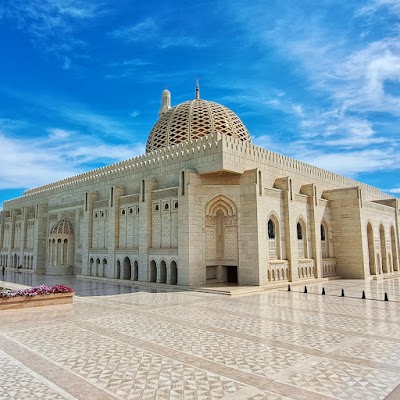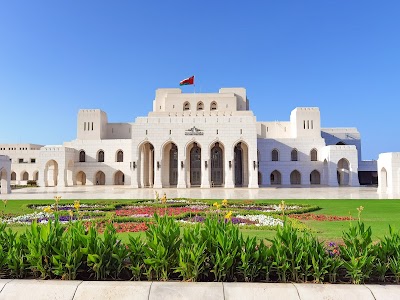Al Alam Palace (قصر العلم)
Overview
Discovering Al Alam Palace
Al Alam Palace, nestled in the heart of Muscat, the capital of Oman, stands as one of the Sultanate's most stunning and iconic landmarks. This magnificent palace, celebrated for its breathtaking architecture and rich historical significance, is one of the six royal residences of Sultan Haitham bin Tariq. For foreign visitors, Al Alam Palace provides a unique glimpse into Omani heritage and royal elegance, making it a must-see destination.
The history of Al Alam Palace spans over two centuries, originating from the establishment by Imam Sultan bin Ahmed, a direct predecessor of the current Sultan. The name "Al Alam," meaning "The Flag" in Arabic, symbolizes its national pride and prominence. The palace we admire today was reconstructed in 1972 by Sultan Qaboos bin Said, who harmoniously modernized the structure while preserving its traditional architectural essence.
Located at the end of a sweeping boulevard, Al Alam Palace is flanked by the historic twin forts of Al Jalali and Al Mirani, which majestically oversee Muscat Bay. Built by the Portuguese in the 16th century, these forts serve as stalwart sentinels to the palace, enhancing the grandeur of the location and providing an impressive backdrop for photography.
Architectural Splendor
The architectural design of Al Alam Palace is a splendid fusion of traditional Islamic and contemporary styles. Its facade dazzles with a striking combination of bright blue and gold colors, adorned with intricate geometric patterns and arabesques that reflect the artistic brilliance of Omani craftsmanship. Towering columns topped with exquisite gold capitals further amplify the palace's regal aura, captivating every onlooker.
While Al Alam Palace is not open to the public, the exterior view itself is awe-inspiring, offering ample opportunities for photography enthusiasts. The beautifully manicured gardens surrounding the palace enhance its charm, providing a serene environment for visitors to wander, admire the lush greenery, and take in the vibrant floral arrangements.
Cultural Significance and Nearby Attractions
One fascinating aspect of Al Alam Palace is its role in hosting state functions and ceremonies. It serves as the ceremonial palace where the Sultan receives dignitaries and presides over official events, adding a layer of diplomatic and cultural importance to this architectural gem. This makes it a significant emblem of Omani statehood and international relations.
Tourists often extend their visit to include the nearby Royal Opera House Muscat, an architectural marvel that showcases an array of cultural performances, including classical music, opera, and ballet. This proximity to Al Alam Palace provides a well-rounded cultural experience, allowing visitors to enjoy both the grandeur of the palace and the refined artistic offerings at the opera house.
Adjacent to Al Alam Palace, the historic Mutrah Souq beckons visitors to explore one of the oldest markets in the Arab world. Here, tourists can immerse themselves in the vibrant atmosphere filled with the scent of exotic spices, the shimmer of traditional Omani jewelry, and the colorful textiles that create a sensory delight. This bustling marketplace offers a sharp contrast to the regal tranquility of the palace, enriching the overall experience by providing insights into everyday Omani life.
The nearby National Museum of Oman is another noteworthy spot that pairs perfectly with a visit to the palace. This museum features in-depth exhibitions on Oman’s cultural heritage, history, and development, making it convenient for tourists to deepen their understanding of the country's rich and diverse legacy.
A Symbol of Omani Heritage
In summary, Al Alam Palace is more than just a residence; it is a symbol of Oman's past and present, embodying the country's elegance, respect for tradition, and forward-looking spirit. With its stunning architecture, historical backdrop, and cultural significance, a visit to Al Alam Palace is essential for anyone traveling to Muscat. Whether you are a history buff, an architecture enthusiast, or simply a curious traveler, this palace offers a memorable glimpse into the heart of Omani royalty and tradition.


